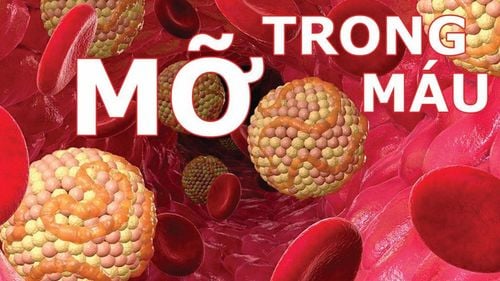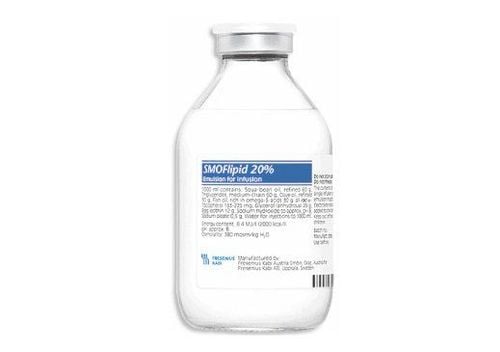This is an automatically translated article.
Controlling nutrition, especially fats, plays an important role in ensuring energy for daily activities, maintaining a healthy body shape and especially maintaining a healthy body. However, not everyone knows what fatty acids are? How many types of fatty acids are there? And common fatty acids.
1. What are fatty acids?
What are fatty acids? Is the question of many people who are having problems with the use of fats. Fatty acids are one of the molecules of long chains of carboxylic fatty acids found in fats, oils and cell membranes as a component of phospholipids and glycolipids. (Carboxylic acid is an organic acid containing the -COOH functional group).
Fatty acids are derived from animal and vegetable fats and oils. Fatty acids play a role outside the body; They are used as lubricants, in food engineering and in the manufacture of soaps, detergents and cosmetics.
Fats closely related to human health are often referred to as fatty acids (saturated fatty acids, polyunsaturated fatty acids, trans fatty acids), and cholesterol.

Axit béo có trong chất béo, dầu ăn và trong màng tế bào
The first and foremost recommendation remains that saturated fatty acids should not exceed 10% of dietary energy. To do this, it is possible to increase the use of vegetable oils and limit the consumption of animal fats. Unsaturated fatty acids (such as linoleic, linolenic, decosahexaenoic and other unsaturated fatty acids) must provide 11-15% of energy. To achieve this, it is necessary to increase the consumption of vegetable oils and fatty fish.
2. Classification of fatty acids
a. Saturated fatty acidsMainly found in animal fat, high molecular weight fatty acids (stearic, aracic, palmitic ..) in solid form. Fatty acids with low molecular weight (butyric, caprinic ..) in liquid form, the higher the molecular weight, the higher the melting point.
The biological value of saturated fatty acids is less than that of unsaturated fatty acids because of their adverse effects on fat metabolism, liver function and condition, and also their role in the development of atherosclerotic disease. .
Saturated fatty acids are positively associated with blood cholesterol levels as well as the incidence of coronary heart disease. Many clinical studies have also shown that the fat composition and cholesterol amount of the diet have an effect on blood cholesterol changes.
Epidemiological evidence suggests that a diet high in fat, saturated fatty acids and cholesterol is associated with total clotting factor VII and fibrinogen, which play an important role in blood clot formation , and is considered a risk factor for atherosclerosis.

Axit béo no và cholesterol là một trong những nguyên nhân hình thành cục máu đông
Unsaturated fatty acids are widely present in edible fats, especially vegetable oils, this is a common fatty acid. Unsaturated fatty acids with one, two or three double bonds are commonly found in food ingredients. Highly bioactive fats are fats containing fatty acids with two or more double bonds in their composition.
Fatty fish and marine animals are often high in polyunsaturated fatty acids. Unsaturated fatty acids are very sensitive to oxidation and binding reactions and are therefore unstable. Simultaneously through these reactions, unsaturated fatty acids are converted to saturated fatty acids and become solid.
Unsaturated fatty acids, a double bond:
Unsaturated fatty acids with a double bond can be used flexibly while building a diet because they can be used to replace saturated fatty acids, glucide or provide energy instead. both. Currently, monounsaturated fatty acids are of great interest because a diet high in monounsaturated fatty acids (i.e. low in saturated fatty acids and cholesterol) leads to a decrease in total cholesterol, LDL- cholesterol, triglycerides and minimize the reduction of HDL- cholesterol . Polyunsaturated fatty acids:
Omega 3 fatty acids : Omega 3 fatty acids (n=3) are usually in the form of Eicosapentaenoic (EPA) and Docosahexaenoic (DHA) in foods of animal origin (fish types) , fish oil). Plant-based omega 3 fatty acids (alpha linolenic acid -ALA) also have a beneficial effect on cardiovascular disease.

Axit béo Omega 3 có tác dụng tốt đối với các bệnh về tim mạch
To register for examination and treatment at Vinmec International General Hospital, you can contact Vinmec Health System nationwide, or register online HERE.













